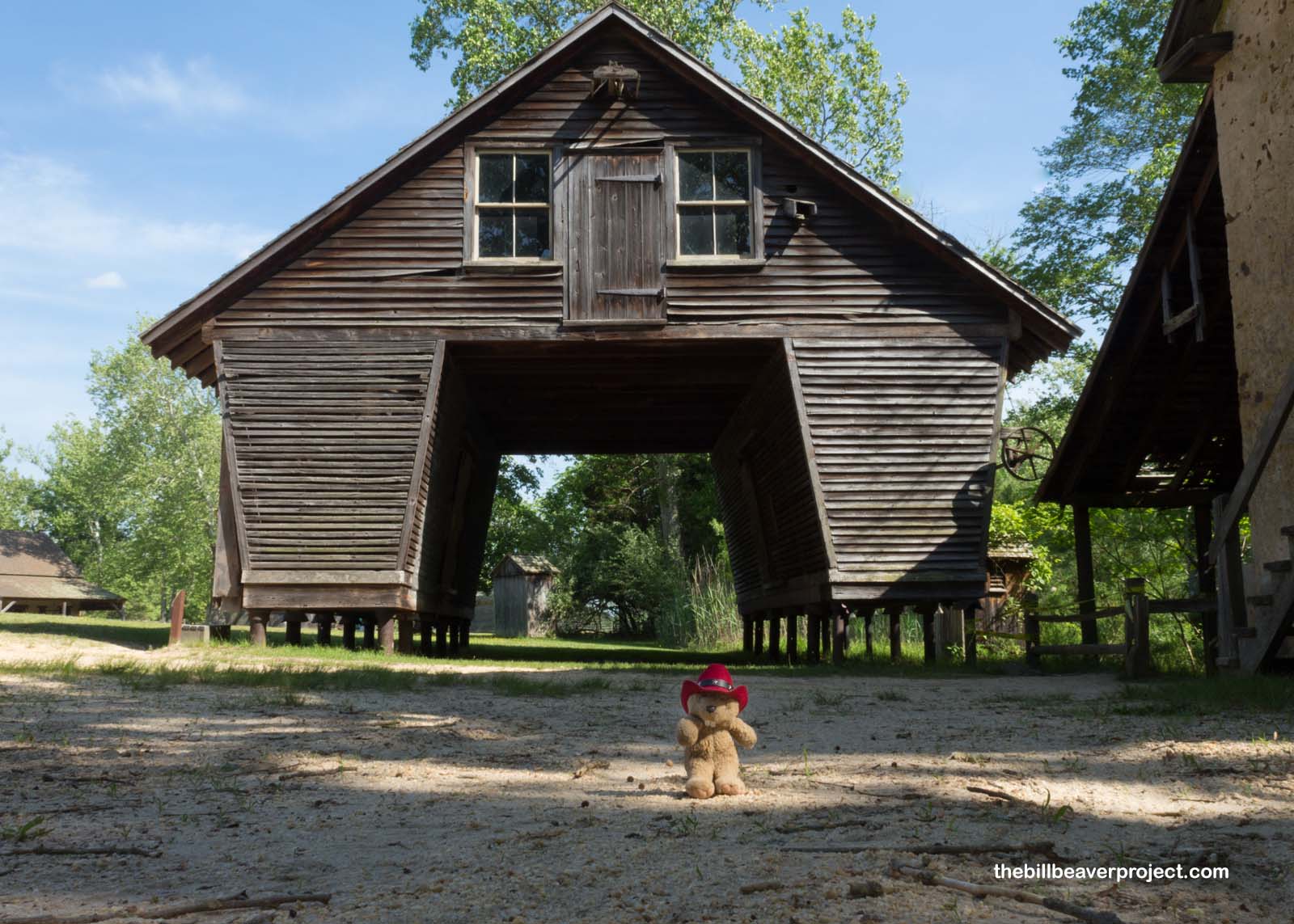| What makes it historical? |
Early settlers didn’t find the Pine Barrens too suitable for agriculture because of the swampy, sandy soil, but what they did find were bog ore deposits, lots of them! In 1766, Charles Read set up the Batsto Iron Works along the Batsto River and began creating all kinds of household items for the locals! When war broke out between the Colonies and Britain, the Batsto Iron Works were ready to supply the Continental Army!
At its height, hundreds of folks lived in Batsto, where they set up a grist mill, saw mill, blacksmith shop, and general store to meet their needs. In the middle of it all, the magnificent mansion of generations of owners still stands!
Starting in 1784, William Richard took ownership of Batsto, and his descendants maintained ownership for the next 92 years, until the iron deposits ran out and the village’s rebranding as a glassmaking enterprise also tanked. The village would never again be an industrial settlement!
Joseph Wharton bought Batsto in 1876, turning it into his base for forestry and agricultural projects, from which the Wharton State Forest takes its name! Folks continued to call Batsto home until 1989 when the last person vacated and the state turned it into a historic site! |










